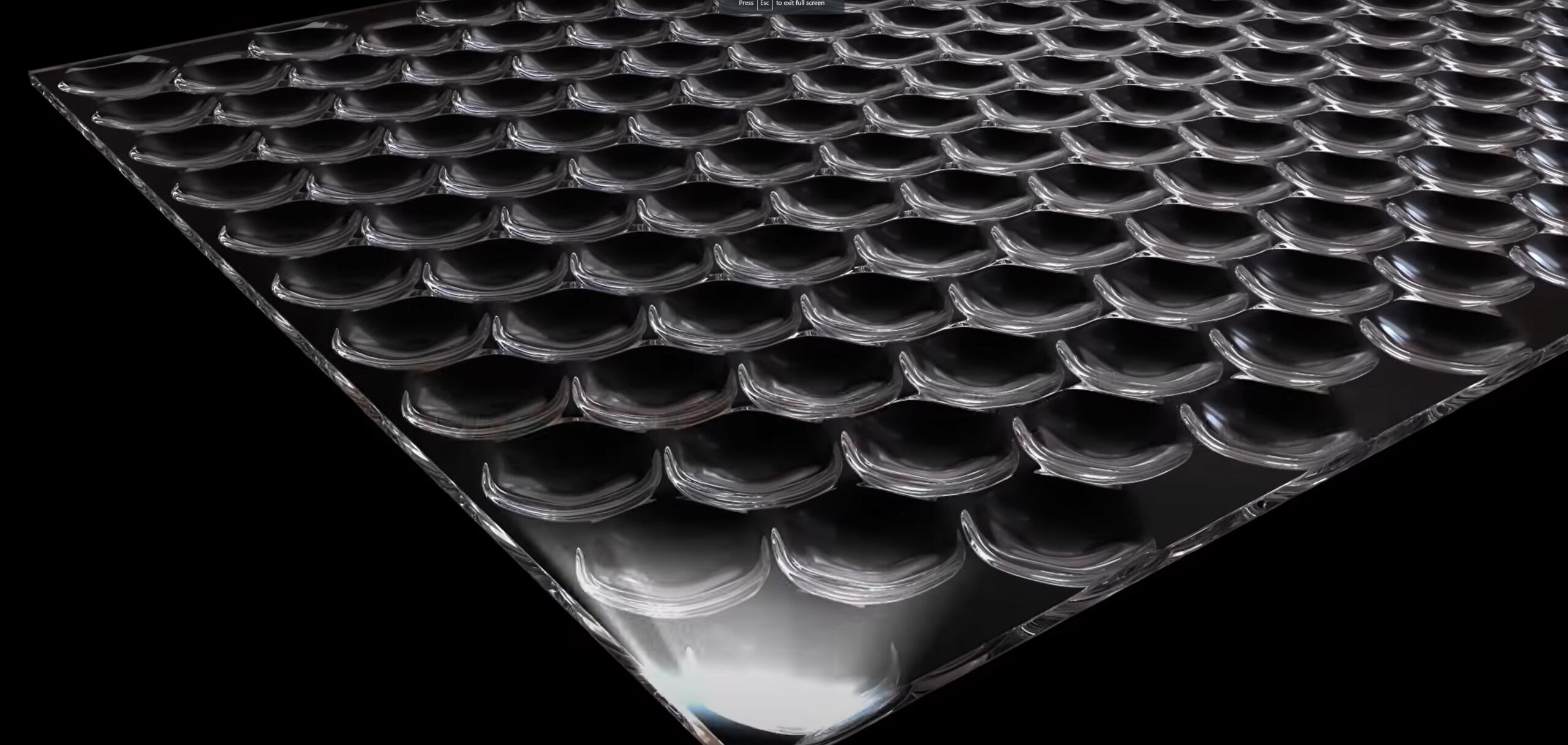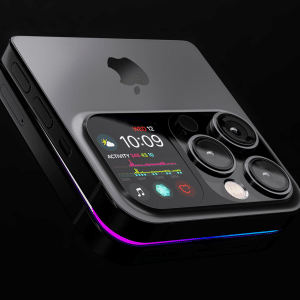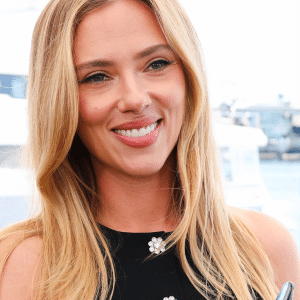In a significant advancement for the Cupertino firm’s next-generation models, Apple’s iPhone 16 is expected to incorporate a more power-efficient OLED display, developed by Samsung using a specially designed OLED material set.
This set, crucial for the construction of OLED screens, includes various components, such as capping layers, which influence the screen’s optical properties. Each component is crafted by specialist manufacturers and then assembled into the final OLED panel by Samsung.
This new development stems from Samsung’s ongoing work on OLED technology. Previously, the “M12” material set was used for the iPhone 15 models, but now, a more advanced “M14” set is being tailored for the 2024 iPhones. Initially reported on by The Elec, this new set aims to enhance aspects like the panel’s lifespan, brightness, color accuracy, and production efficiency.
A key focus of the “M14” material set is energy conservation. Korean UBI Research analyst Daejeong Yoon has revealed that Samsung’s roadmap includes transitioning from blue fluorescent materials to a more energy-efficient blue phosphorescence, thereby reducing the OLED panel’s power consumption. This innovative material, initially intended for foldable phones in 2024, might now be exclusively used in Apple’s M14 set for the iPhone 16 and subsequent models.

Apart from improved efficiency, the iPhone 16 Pro and iPhone 16 Pro Max are rumored to feature larger display sizes — 6.27 inches and 6.85 inches respectively. Additionally, the use of micro-lens technology is speculated to further enhance display brightness while potentially lowering power usage.
In a broader strategic move, Apple reportedly plans to mass-produce advanced microLED displays in order to reduce reliance on suppliers like Samsung and gain greater control over its supply chain.

This step is part of Apple’s long-term objective to incorporate next-generation display technology into its iPhones.













